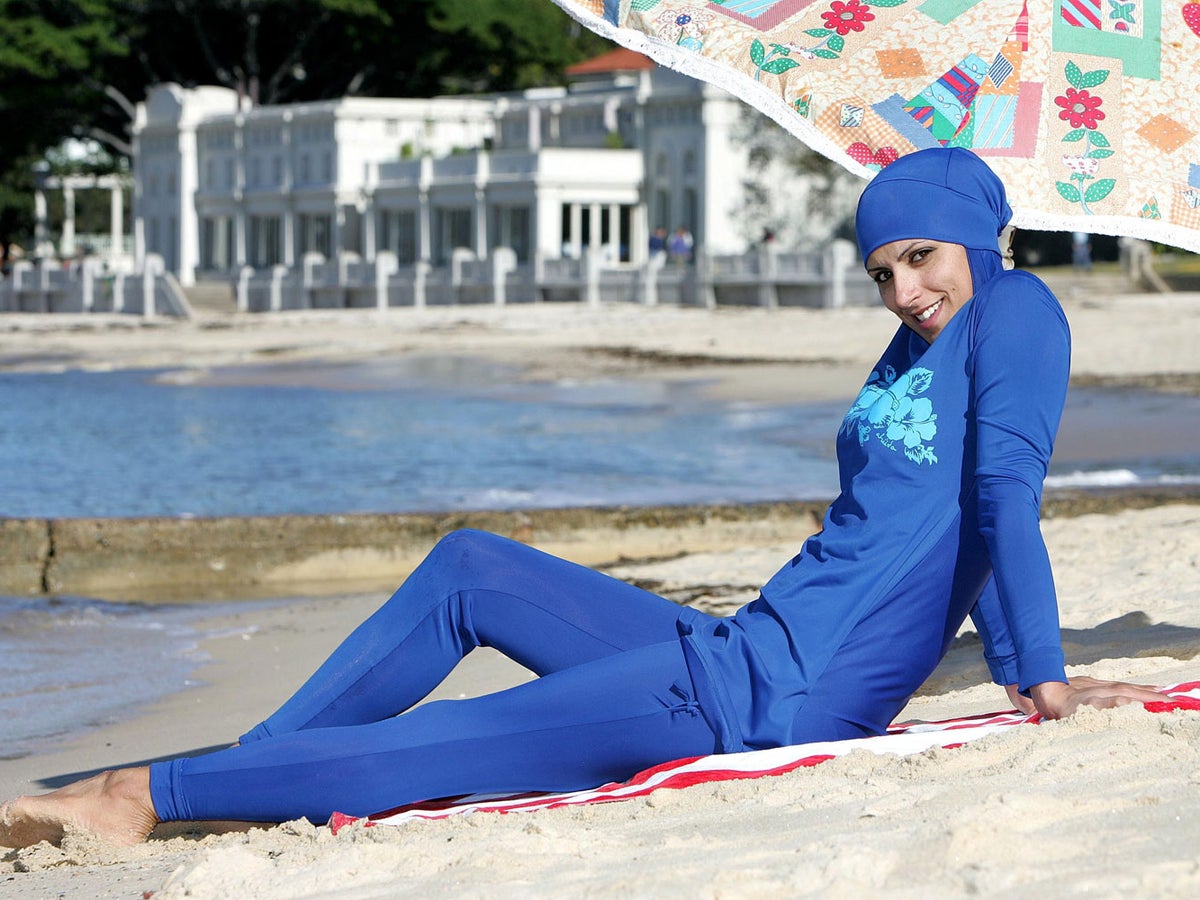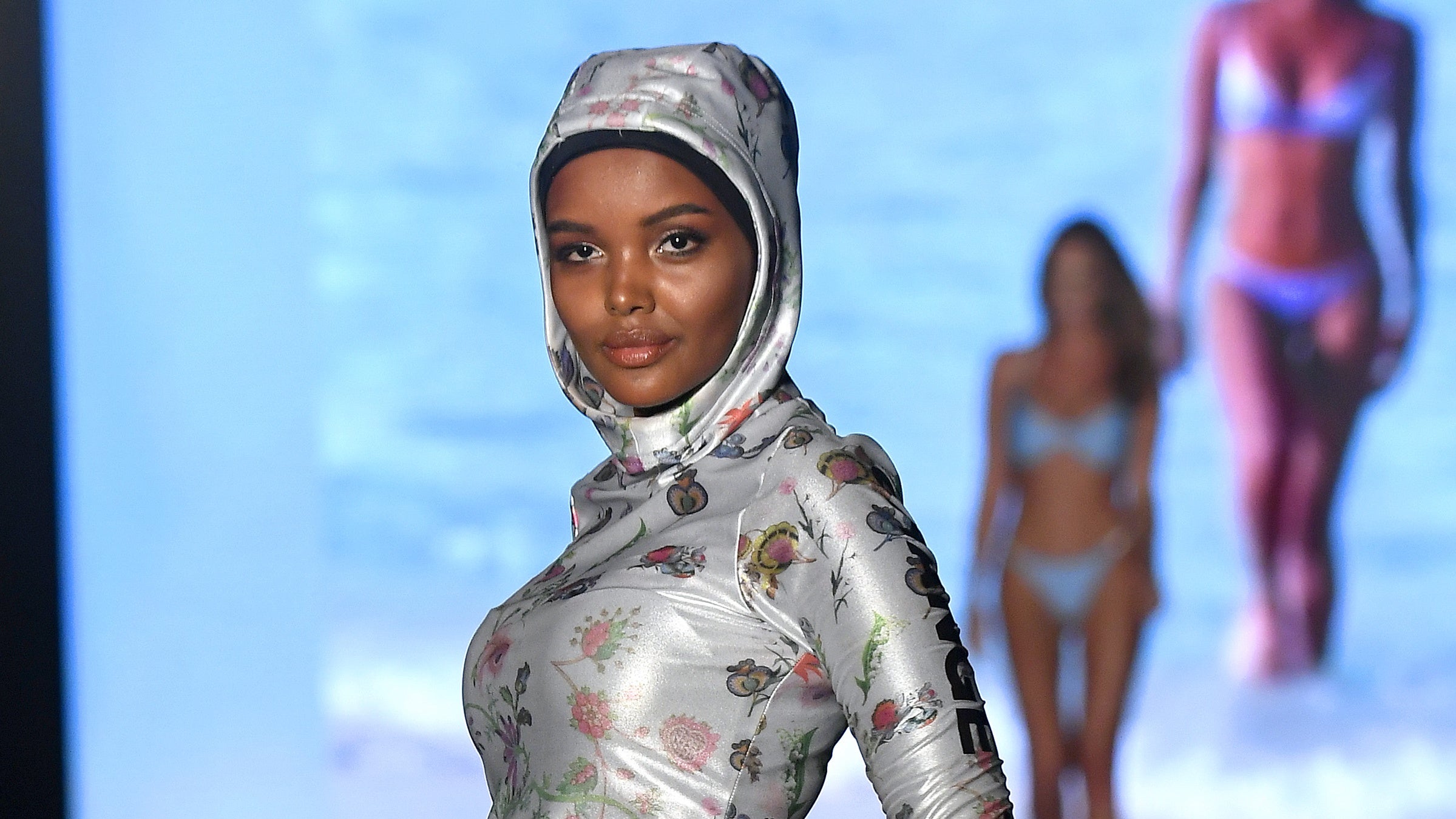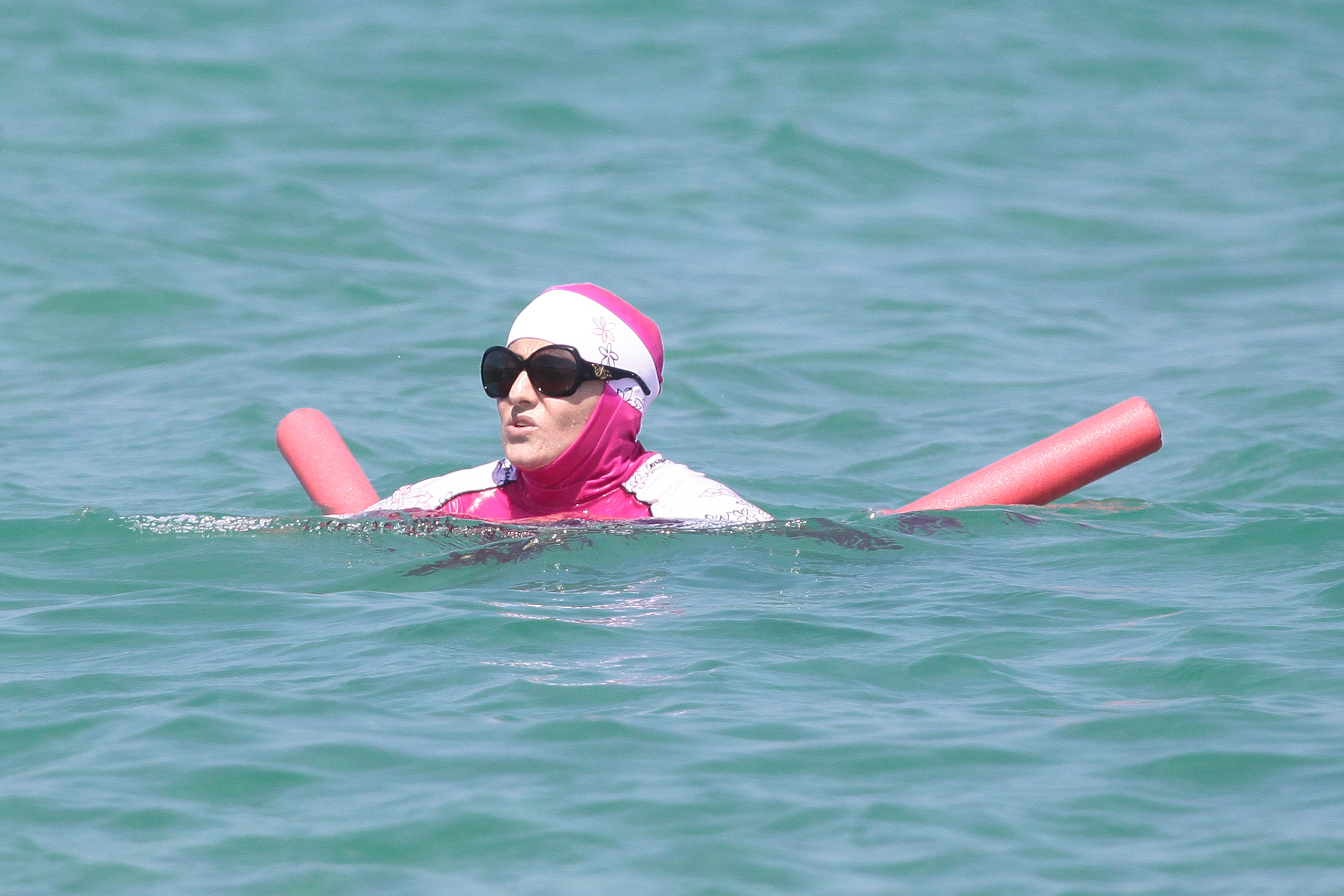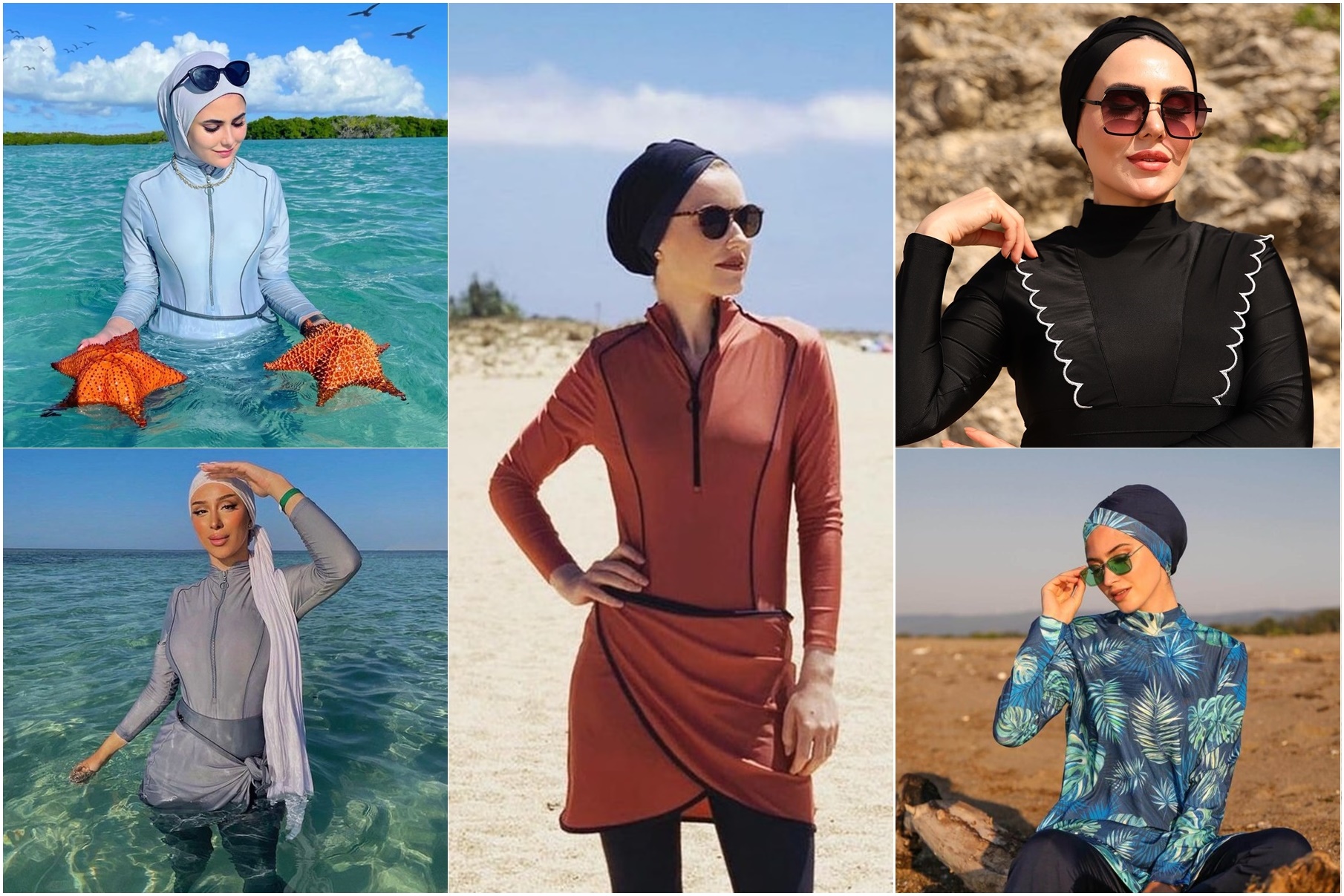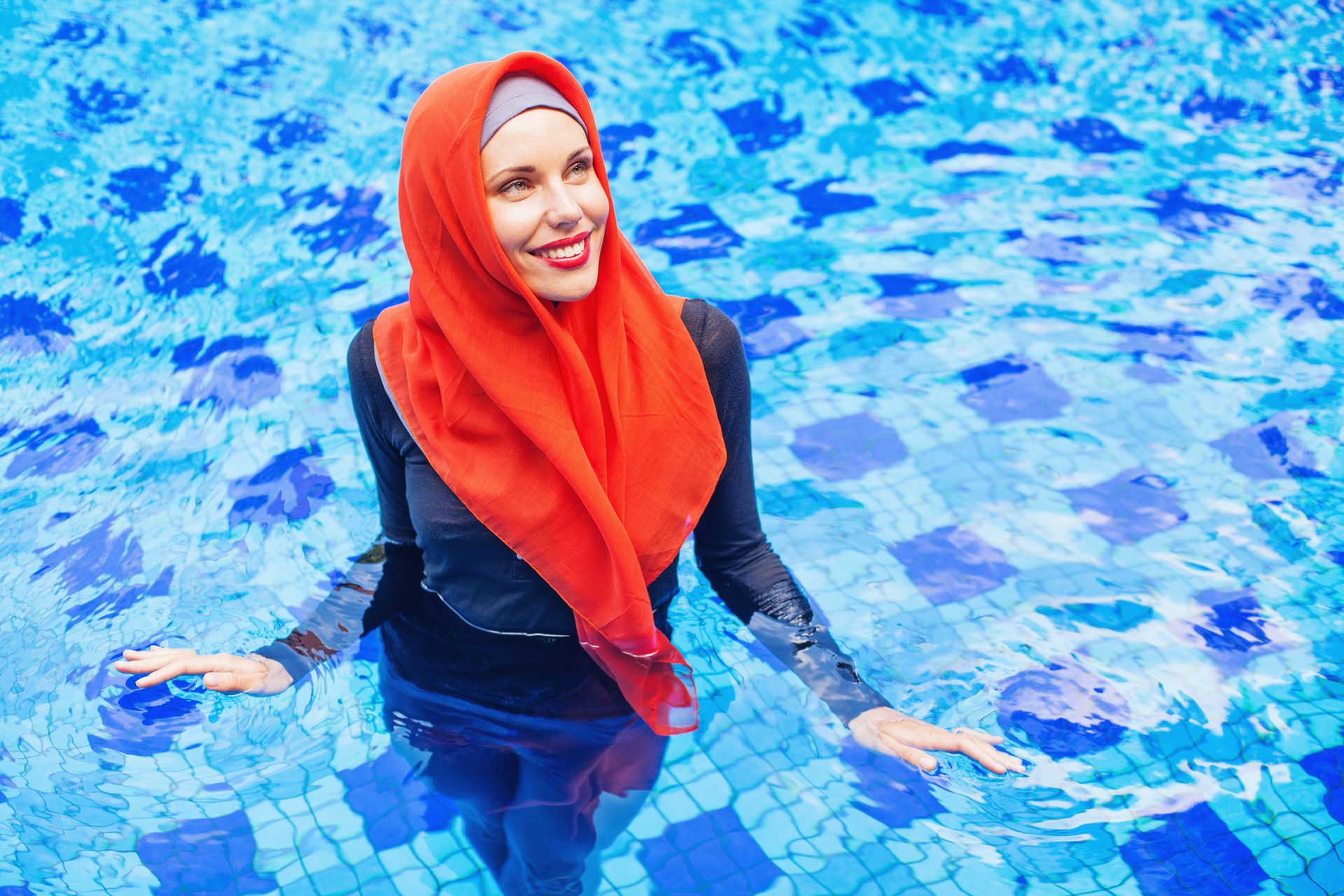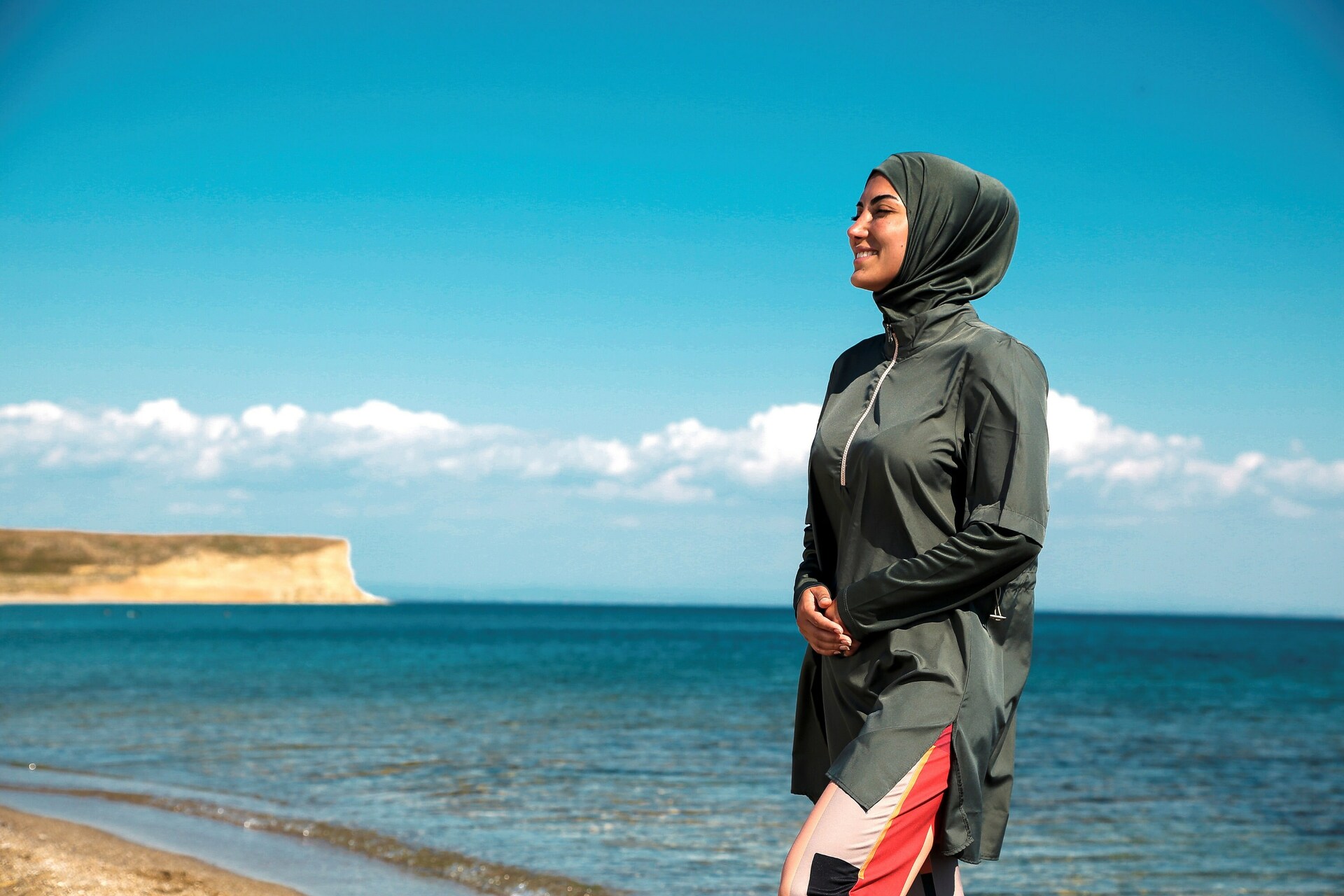Home>Women's Underwear>Swimwear>Where Does Burkini Ban Exist
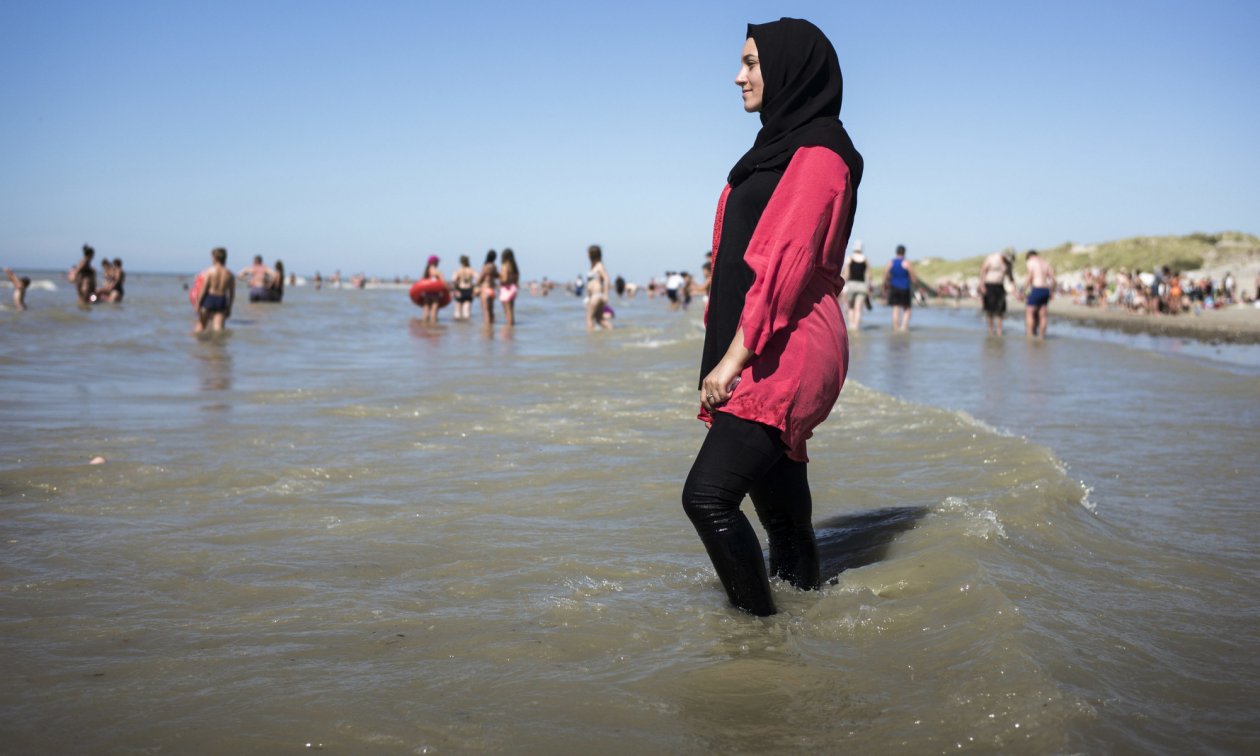

Swimwear
Where Does Burkini Ban Exist
Published: July 31, 2023
Explore the controversial topic - where does the burkini ban exist? Learn more about the restrictions on swimwear across different countries and cultures.
(Many of the links in this article redirect to a specific reviewed product. Your purchase of these products through affiliate links helps to generate commission for Under-tec.com, at no extra cost. Learn more)
Table of Contents
Introduction
Swimwear is not just a functional clothing item; it also holds cultural, religious, and social significance. One such swimsuit that has garnered significant attention in recent years is the burkini. A burkini is a modest swimwear option that covers the body from head to toe, designed to respect the religious beliefs and values of Muslim women.
The controversial nature of the burkini stems from its association with controversies surrounding religious freedom, cultural diversity, and women’s rights. While proponents argue that burkinis allow Muslim women to fully enjoy recreational activities without compromising their faith, opponents argue that the burkini restricts women’s freedom and represents a form of oppression.
In order to understand the ongoing debate surrounding the burkini, it is crucial to explore its historical context, the countries that have implemented burkini bans, the legal controversies surrounding these bans, the criticisms and support for such bans, and finally, the impact on Muslim women who choose to wear the burkini. By examining these aspects, we can gain a comprehensive understanding of this complex and polarizing issue.
What is a Burkini?
A burkini is a type of swimsuit that provides modesty and coverage for women who adhere to Islamic dress requirements. It combines the words “burqa” and “bikini” to create the term “burkini.” The design typically includes a loose-fitting tunic top that extends to the elbow and knee-length pants, often accompanied by a head covering that resembles a hood or scarf. It is made from lightweight and quick-drying materials, allowing women to comfortably engage in water-related activities.
The burkini was originally created by Australian-Lebanese fashion designer Aheda Zanetti in 2004, with the aim of providing alternative swimwear for Muslim women. It caters to women who prefer to maintain their religious and cultural values by covering their bodies while participating in swimming or beach activities.
Apart from its religious significance, the burkini also appeals to women who seek additional sun protection or desire a more modest swimwear option. It has gained popularity and acceptance among Muslim women worldwide, as well as among non-Muslim women who prioritize modesty or sun safety.
The burkini has stirred debate and controversy, particularly in regions where there is tension around religious expression and cultural assimilation. Some argue that the burkini enables Muslim women to integrate and participate in activities that they may otherwise feel excluded from due to religious constraints. They believe that it promotes inclusivity and religious freedom. Conversely, critics argue that the burkini is a symbol of oppression and segregation, and it goes against the values of secular societies that prioritize individual freedom and gender equality.
Now that we have an understanding of what a burkini is, let us delve into the historical context of burkini bans and the countries where they have been implemented.
Historical Context of Burkini Bans
The issue of burkini bans gained global attention in recent years, particularly in Europe. To understand the motivations behind these bans, it is important to examine the historical context that shaped attitudes towards Islamic dress and its visibility in public spaces.
Burkinis became a center of controversy in 2016 when several cities and towns in France implemented bans on the swimwear. These bans were largely justified on the grounds of secularism, public safety, and women’s rights. The proponents argued that burkinis symbolize religious extremism and violate French principles of secularism, as separation between religion and state is deeply ingrained in French society. They believed that the visibility of Islamic dress in public spaces challenged these principles and posed a threat to national unity.
The historical context of these bans can be traced back to France’s long-standing debate over the visibility of religious symbols in public spaces. In 2004, the French government passed a law banning the wearing of conspicuous religious symbols in public schools, primarily targeting Muslim headscarves. This legislation reflected a broader concern in France about the integration of its Muslim population and the preservation of French cultural identity.
The burkini bans in France sparked intense debate and international outrage, with critics arguing that they infringed on religious freedom, targeted Muslim women, and exacerbated Islamophobia. The bans were also criticized for perpetuating stereotypes about Muslim women and reinforcing patriarchal norms. Despite the controversy and legal challenges, some local governments in France continue to enforce burkini bans, while others have since lifted them.
France is not the only country to have implemented burkini bans. Other European countries, such as Belgium and Switzerland, have also faced similar debates over the public visibility of Islamic clothing. These bans are often accompanied by concerns about security, cultural assimilation, and gender equality. However, it is essential to note that not all European countries have taken such measures, and some have even explicitly rejected the idea of banning burkinis.
As we explore the countries with burkini bans in the next section, it is important to understand the legal controversies and challenges associated with these bans.
Countries with Burkini Bans
The issue of burkini bans has not been limited to a single country; it has garnered attention and sparked debates in various parts of the world. Let’s take a closer look at some of the countries that have implemented burkini bans.
1. France: France was at the center of the burkini ban controversy, with several cities and towns implementing bans in 2016. However, the bans faced legal challenges, and the French Council of State eventually ruled against the restrictions. Despite this, some local governments in France continue to enforce symbolic bans, which prohibit the wearing of full-body swimsuits on public beaches.
2. Belgium: In 2011, Belgium followed France’s lead by passing a law that prohibited the burqa and other face-covering garments in public spaces. While the law was not explicitly aimed at burkinis, it has effectively restricted the wearing of burkinis in certain situations.
3. Switzerland: In some regions of Switzerland, there have been efforts to ban the burqa and face-covering veils, which indirectly impacts the use of burkinis. While no nationwide ban is in place, local ordinances have been implemented in specific areas.
4. Italy: In 2016, some Italian towns implemented temporary bans on burkinis, mostly in response to security concerns in the wake of terrorist attacks. However, the bans were later overturned by regional courts.
5. Austria: In 2017, the Austrian government passed a law prohibiting certain face-covering garments, including the burqa and niqab. Although this law is not specifically targeted at burkinis, it restricts their use in public spaces.
It is important to note that while these countries have seen attempts to ban the burkini, not all have been successful or strictly enforced. The legal status of burkini bans is a dynamic and evolving matter, with challenges and inconsistencies across different jurisdictions. Moreover, there are many countries where burkinis are not banned, and women are free to wear them without any legal restrictions.
Next, we will explore the legal controversies and challenges surrounding burkini bans.
Legal Controversies and Challenges
Burkini bans have faced significant legal controversies and challenges, with debates centering around issues of religious freedom, discrimination, and human rights. Let’s delve into some of the key legal aspects surrounding burkini bans.
1. Religious Freedom: One of the central arguments against burkini bans is that they infringe on the religious freedom of Muslim women. Critics argue that prohibiting women from wearing burkinis in public spaces violates their right to manifest their religious beliefs. They contend that religious freedom should be protected, and individuals should be allowed to dress according to their religious convictions without interference from the state.
2. Discrimination: Burkini bans have been criticized for disproportionately targeting Muslim women, leading to concerns about discrimination and Islamophobia. Critics argue that the bans stigmatize and marginalize Muslim communities, reinforcing negative stereotypes and perpetuating Islamophobic attitudes. They view the bans as a form of religious and racial profiling that violates principles of equality and non-discrimination.
3. Human Rights: The European Court of Human Rights has declared that a burkini ban violates the rights to freedom of religion, expression, and privacy. The court has ruled that such bans are not justified on the grounds of public safety, morality, or protecting the rights and freedoms of others. This legal framework emphasizes the importance of upholding human rights standards and protecting the rights of individuals, including their right to express their religious beliefs and maintain their personal autonomy.
4. Legal Challenges: Burkini bans have faced legal challenges in various jurisdictions. The bans in France, for example, were challenged in court, leading to different outcomes in different regions. While some courts overturned the bans, others upheld them on the grounds of public order and secularism. These legal challenges highlight the complexity and ambiguity surrounding the legality of burkini bans, with conflicting interpretations of how they align with constitutional and human rights principles.
5. Evolving Legislation: The legal landscape surrounding burkini bans is continuously evolving. Some countries and regions have revised or repealed their initial bans in response to legal challenges and public outcry. Others have refrained from implementing such bans altogether, recognizing the importance of preserving religious freedom and respecting cultural diversity. This dynamic nature of legislation indicates that opinions and perspectives on burkini bans are shifting over time.
It is crucial to understand the legal controversies and challenges surrounding burkini bans in order to critically analyze the implications of such measures on society. Now, let us explore the criticisms and support for burkini bans.
Criticisms and Support for Burkini Bans
Burkini bans have generated intense debate, with contrasting viewpoints and arguments arising from different perspectives. Let’s examine the criticisms and support for burkini bans to gain a comprehensive understanding of the diverse opinions surrounding this issue.
1. Criticisms of Burkini Bans:
a. Infringement of Religious Freedom: One common criticism against burkini bans is that they violate the fundamental right to religious freedom. Critics argue that individuals should have the freedom to practice their religion, including the choice to wear clothing that aligns with their faith, without interference or restriction from the state. They view burkini bans as a form of religious discrimination and argue that they marginalize and stigmatize Muslim women.
b. Negative Impact on Integration: Critics also argue that burkini bans hinder integration efforts by further marginalizing Muslim communities. They contend that promoting social inclusion is more effective than implementing exclusionary measures, which can create a sense of alienation and reinforce divisions within society. They believe that promoting dialogue and understanding can lead to a more inclusive and harmonious society.
c. Symbolic of Gender Oppression: Another criticism of burkini bans is that they perpetuate stereotypes and reinforce gender oppression. Critics argue that assuming Muslim women wearing burkinis are forced to do so neglects the agency and personal choice of these women. They contend that the ban restricts women’s autonomy and infringes on their rights to self-expression, suggesting that they need rescuing rather than respecting their choices.
2. Support for Burkini Bans:
a. Preservation of Secularism: One of the primary arguments supporting burkini bans is the preservation of secular principles in public spaces. Proponents believe that religious symbols and attire should not be visibly promoted in settings governed by secularism. They assert that secular values should take precedence over religious practices to maintain equality among citizens.
b. Ensuring Public Safety: Some supporters argue that the bans contribute to public safety and the prevention of potential security threats. By prohibiting the obscuring of faces and bodies in public spaces, they argue that it becomes easier to identify individuals, thereby reducing the risk of criminal activity and promoting social cohesion.
c. Women’s Liberation: Some supporters of burkini bans argue that they liberate women from oppressive religious practices. They contend that by banning full-body coverings, societies can promote gender equality and combat patriarchal norms. Supporters assert that the bans protect women’s rights by encouraging them to integrate into societies that emphasize gender equality and personal freedoms.
The contrasting viewpoints illustrate the complexity and sensitivity surrounding burkini bans. Understanding both the criticisms and support for these bans is essential to engage in informed discussions about religious freedom, cultural diversity, and women’s rights. In the next section, we will explore the impact of burkini bans on Muslim women who choose to wear them.
Impact on Muslim Women
Burkini bans have a significant impact on Muslim women who choose to wear them, affecting various aspects of their lives. Understanding this impact is crucial in examining the consequences of such bans.
1. Restrictions on Freedom of Choice: Burkini bans limit the freedom of Muslim women to choose their preferred swimwear. By prohibiting the use of burkinis in public spaces, women who adhere to Islamic dress requirements may be denied the opportunity to fully participate in beach and swimming activities. This restriction can lead to feelings of exclusion and frustration among Muslim women who wish to enjoy water-related recreational activities while maintaining their modesty.
2. Stigmatization and Marginalization: Burkini bans contribute to the stigmatization and marginalization of Muslim women. By effectively criminalizing their choice of attire, these bans reinforce negative stereotypes and perpetuate Islamophobia. Muslim women who wear burkinis may face discrimination, harassment, and social isolation as a result of these bans. The psychological impact of such marginalization can be significant, leading to feelings of self-doubt, cultural alienation, and a diminished sense of belonging in society.
3. Emotional and Mental Well-being: Burkini bans can have a negative impact on the emotional and mental well-being of Muslim women. Being targeted by restrictive measures based on their religious beliefs and choice of clothing can lead to increased stress, anxiety, and feelings of oppression. The psychological toll of these bans can be especially profound for women who face multiple forms of discrimination, such as being a racial or religious minority.
4. Empowerment and Resilience: Despite the challenges imposed by burkini bans, some Muslim women view these bans as an opportunity to assert their identity and resist cultural assimilation. For these women, wearing burkinis becomes an act of empowerment, defiance, and cultural affirmation. They choose to navigate the restrictions imposed by the bans and find creative ways to continue participating in water-related activities while adhering to their religious beliefs.
5. Mobilization and Advocacy: Burkini bans have also led to increased mobilization and advocacy efforts by Muslim women and their allies. These bans have sparked conversations surrounding religious freedom, women’s rights, and cultural diversity. Many organizations and individuals have championed the cause of Muslim women’s agency and the right to express their faith through clothing choices. The activism and resilience of Muslim women have played a crucial role in challenging the societal and legal barriers imposed by burkini bans.
It is important to recognize the varied impact on Muslim women who wear burkinis, as their experiences are multifaceted and shaped by factors such as personal beliefs, cultural context, and social dynamics. By acknowledging and understanding these impacts, we can foster a more inclusive and respectful society.
Conclusion
The debate surrounding burkini bans highlights complex issues related to religious freedom, cultural diversity, women’s rights, and societal integration. While some argue that burkini bans uphold secularism, protect public safety, and promote gender equality, others criticize them as violations of religious freedom, promoting discrimination, and perpetuating stereotypes.
The historical context of burkini bans reveals a long-standing tension between the visibility of religious symbols in public spaces and the desire to preserve secular values. Countries such as France, Belgium, Switzerland, Italy, and Austria have implemented varying degrees of burkini bans, often with legal challenges and conflicting interpretations.
Burkini bans have faced legal controversies and challenges, with debates centered around religious freedom, discrimination, and human rights. Supporters argue for secularism, public safety, and liberation of women, while critics highlight infringement of religious freedom, negative impact on integration, and perpetuation of gender oppression.
Muslim women who choose to wear burkinis face limitations on their freedom of choice and can experience stigmatization, marginalization, and psychological distress. However, some women find empowerment and resilience in asserting their identity and advocating for their right to express their faith through clothing choices.
The impact and consequences of burkini bans call for nuanced conversations that prioritize understanding, empathy, and respect for diverse cultural practices and religious beliefs. Recognizing the agency and autonomy of Muslim women and fostering dialogue can help address the complexities surrounding the burkini ban issue. Striking a balance between promoting social cohesion and preserving individual rights is crucial to building inclusive and harmonious societies.


